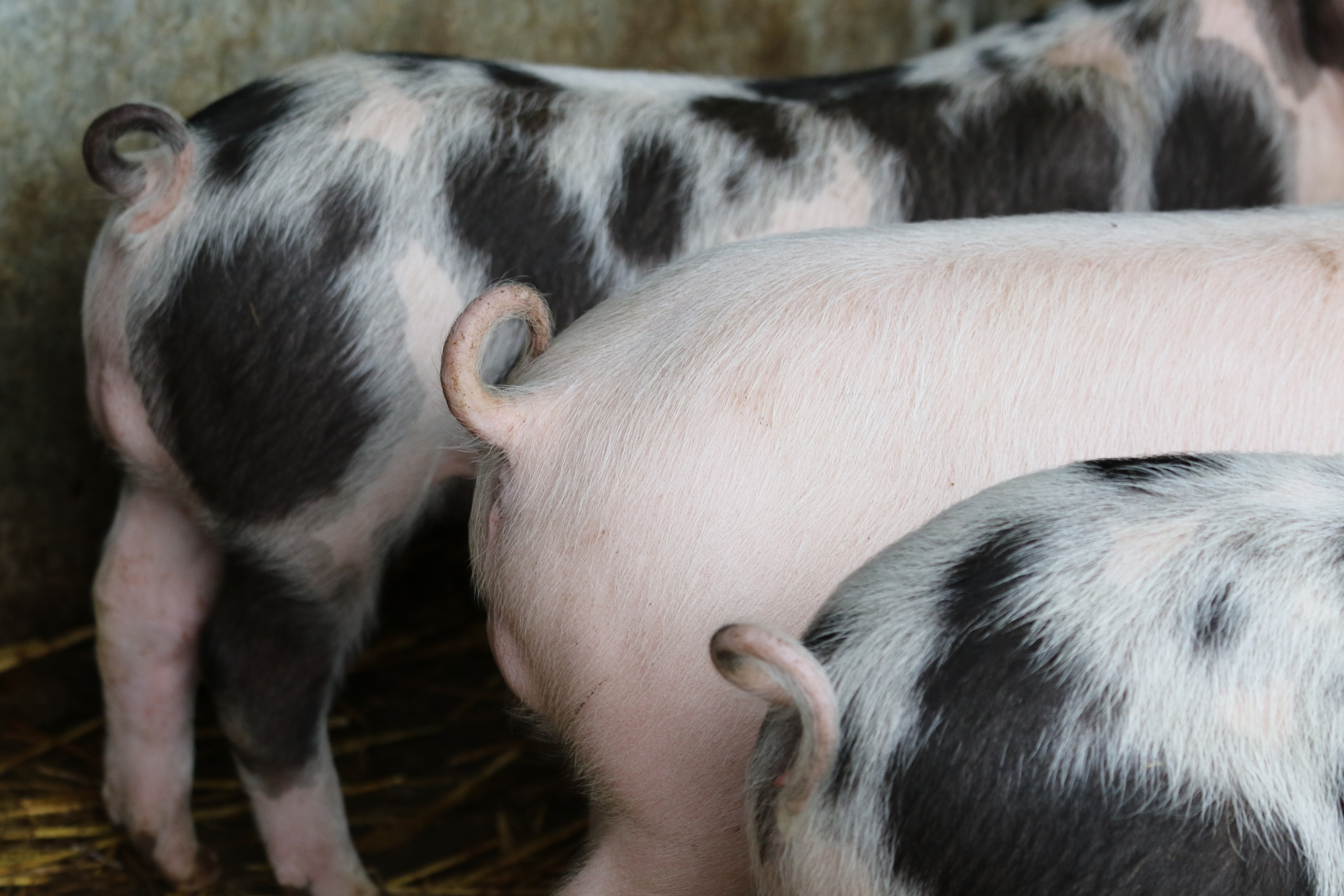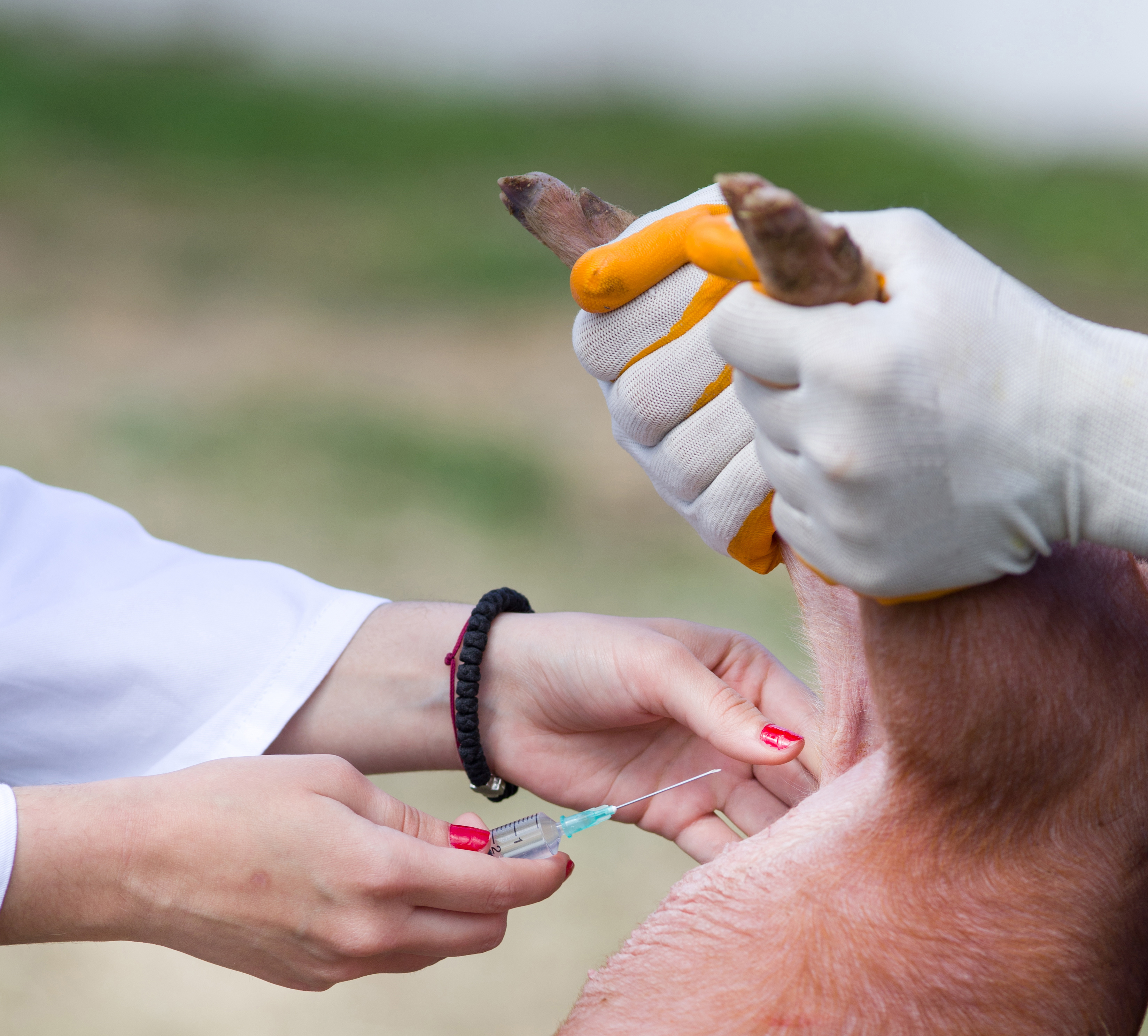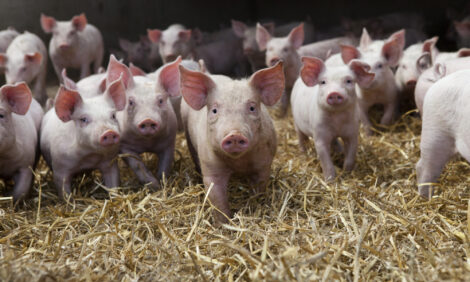



3Ts Alliance aims to end painful procedures for pigs
This year, World Animal protection launched the 3Ts Alliance to explore the practicalities of ending painful management procedures for pigs, we spoke to Dr Sarah Ison about the work of the new alliance.The 3Ts Alliance, set up by World Animal Protection (WAP) this year (2019), is a voluntary group of experts and stakeholders from across the swine industry working collaboratively to explore the issues surrounding ending tail docking, teeth reduction and physical/surgical castration. The three 'T's reference teeth, tails and testicles, highlighting the ultimate goal of the alliance, which is to keep these three tissues intact - a big step for swine welfare globally.
We spoke to WAP's UK-based Global Farm Animal Advisor Dr Sarah Ison about the formation of the alliance and how its objectives will be met.
Who makes up the expert panel forming the 3Ts Alliance?
We're looking to introduce new members to the group as we go on but the current members are as follows:
- Sarah Ison, WAP Global Farm Animal Advisor (UK);
- Kate Blaszak, WAP Global Farm Animal Advisor (Singapore);
- Jacqueline Mills, WAP Global Head of Farming (Australia);
- Heleen van de Weerd, Director (behaviour and welfare specialist), Cerebrus Associates (UK);
- Jeremy Marchant-Forde, Research Scientist, United States Department of Agriculture (USA);
- Thuy Huynh T. T, Senior Expert, Department of Animal Health (Vietnam);
- Johannes Vugts, Senior Advisor Pig Production, HKScan (Finland);
- Maria Murillo-Mariscal, Technical & Farm Assurance Manager at Winterbotham Darby (UK);
- Elena Nalon, Veterinary Advisor, Farm Animals, Eurogroup for Animals (Belgium);
- Kate Blaszak (KB), Global Farm Animal Advisor, World Animal Protection (Singapore);
- Sarah Ison (SI), Global Farm Animal Advisor, World Animal Protection (UK);
- Supawat Supanyarak, Swine Specialist, CPF (Thailand); and
- Camila Fin, Senior Regulatory Affairs Analyst, BRF (Brazil).
What are the aims of the 3Ts Alliance?
The purpose of the alliance is to bring together a range of stakeholders with expertise in this area to discuss barriers (technical, financial, regulatory, cultural) raised in some circumstances (e.g. countries, regions, product types, production systems, other) and solutions used by others in practice. The ultimate purpose is to use this information to develop an evidence-based case to take to the industry globally to support the phasing out of painful procedures.
In our discussions with various stakeholders across the globe, we noticed that some countries or sectors of the industry have come up with solutions to end painful procedures, for example, castration has been widely replaced with immunocastration in Latin America, Europe has progressed (a little) on ending tail docking, and several companies are no longer reducing the teeth of piglets opting for other management solutions (see Global Business Case). Ending certain procedures, including castration, can be complicated. To achieve success in our objectives, stakeholders across the supply chain that share this interest in welfare need to coordinate to a certain degree.
We felt that by bringing some of these different perspectives together into one group with open discussion, we could share hypotheses, develop existing concepts and bring about new ideas.

How will the evidence for the case for phasing out painful procedures be collected?
We’ve identified key points for discussion from peer-reviewed publications; trade media; and interactions with people at conferences, trade fairs and meetings. Participants are brought together for three meetings throughout 2019 to:
- Discussion 1: reach a consensus on accepting the body of evidence that tail docking, teeth clipping and surgical castration procedures are painful and, given the appropriate husbandry, unnecessary, and that collectively we have a duty of care to explore alternatives (1st week of July 2019).
- Discussion 2: exploring why those procedures are needed in the first instance and the challenges of ending them (August 2019).
- Discussion 3: exploring the solutions, what is needed to put them into action, including key examples of what is needed to overcome barriers (September 2019).

How will this evidence be presented?
The output of the group meetings will be published as three communiques:
- To announce the purpose of the alliance and its expert participants (July 2019).
- Key statements on the outcomes of discussion 1 (August 2019).
- Key statements of the outcomes of discussion 2 and 3 (October 2019).
The proposed communiques will be based on information shared during the discussions formulated into key statements (conducted by SI).
Who do you hope to present this to?
We want to present our case to trade media and our industry contacts. We will also likely share our case with the EU Platform on Animal Welfare Pig Sub-group and regional OIE media, along with sharing the Global Business Case report.









